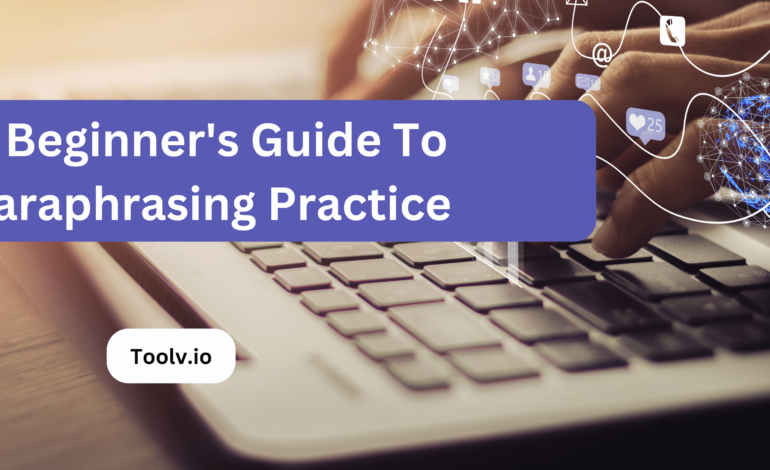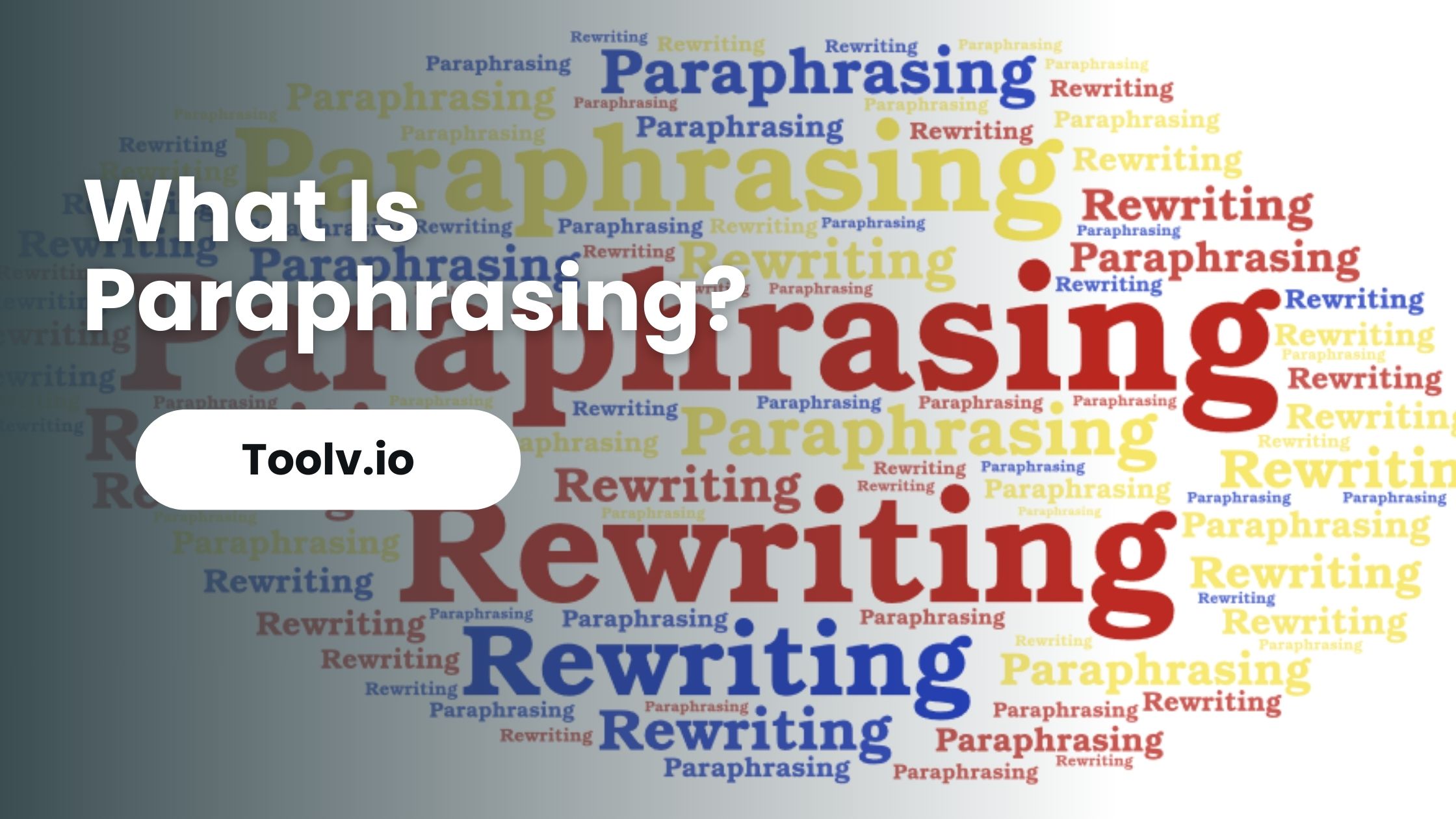A Beginner’s Guide To Paraphrasing Practice

Paraphrasing is a valuable skill that involves rephrasing text or speech in your own words. It’s about understanding the original message and conveying the same meaning without copying the exact words.
In this article, we will discuss simple strategies and tips to improve your paraphrasing abilities. We’ll cover how to understand the original text, find new ways to express the same ideas, and ensure your version is clear and accurate.
What Is Paraphrasing Practice?
Paraphrasing practice is about taking someone else’s ideas and putting them in your own words. It’s not just changing a few words here and there. You need to read the original, understand it fully, and then write it in a new way.
This helps you grasp the concept better and avoids copying directly. This practice is really useful in writing and studying. It makes sure you really get what you’re learning and can explain it your own way.
Plus, it keeps you safe from plagiarism, which is when you use someone else’s work as if it’s your own. So, it’s not just about rewording, but also about understanding and learning.
Why Is Paraphrasing Practice Important?
Paraphrasing is like using different words to say the same thing. It’s important because it helps you understand stuff better. When you put ideas in your own words, you really get what they mean.
It’s also a good way to avoid copying someone else’s work, which is a big no-no. When you practice paraphrasing, you learn new words and ways to say things.
This makes your writing and talking richer. It’s great for school, work, or just chatting with friends. It’s all about saying the same thing in new, fresh ways.
What Are The Key Elements Of Effective Paraphrasing?
Effective paraphrasing involves a few key elements. First, you need to fully understand the original text. Read it a few times to get the main idea and the details.
Then, it’s about changing the words and the structure of sentences while keeping the original meaning. Use synonyms and switch up the sentence format. But remember, it’s not just about swapping words.
Finally, always compare your version with the original. This is to make sure you haven’t changed the meaning. And don’t forget to give credit to the original author, especially if you’re using the paraphrased content for work or school.
How Can You Differentiate Paraphrasing From Plagiarism?
Paraphrasing and plagiarism are pretty different, even though they both involve working with someone else’s ideas. The key is in how you do it.
Paraphrasing is when you take someone’s ideas and write them in your own words. It’s like reading a complex thing and explaining it to a friend in simple language.
You’re not copying, you’re translating ideas into your own style. And you give credit where it’s due. You say, “This idea comes from this person,” so everyone knows it’s not originally yours.
Plagiarism, on the other hand, is a no-go. It’s when you take someone’s words or ideas and pretend they’re yours. You don’t change the words much or at all, and you don’t tell anyone where you got them from.
How To Do Paraphrasing Practice?
Here are some effective tips for paraphrasing practice:
- Read the original passage carefully and make sure you fully grasp the meaning. Identify the main ideas.
- Without looking at the source, explain it in your own words from memory. This ensures you actually understood it rather than just changing words.
- Now, re-read the passage again with attention. Underline and make notes on key vocabulary representing the important concepts.
- Record yourself paraphrasing out loud from your memory notes several times using your own vocabulary and sentence structure. Don’t just shuffle synonyms.
- Listen back while comparing to the source to check that you conveyed all the relevant facts and intended meaning accurately. Refine any parts that distorted things.
- Write your paraphrasing, cite the source appropriately, then compare to the original to validate you stayed true to their ideas in a fresh style. Have a peer review and offer feedback.
- Practice paraphrasing diverse material from different authors dealing with new subject matter frequently. Vary complexity appropriate to your needs.
- Time yourself paraphrasing both with and without the source material open to improve skill in portraying things fully from memory and notes.
- Observe if any words/concepts give you trouble. Research them deeper to widen mental resources for flexible restatement.
FAQs
What is paraphrasing and how is it different from restating or generating content?
Paraphrasing involves rephrasing a passage or text in your own words, while restating involves expressing the same idea using different words. Generating content refers to creating new material based on existing information.
Why is it important to incorporate paraphrasing, restating, or generating content in writing?
Incorporating these techniques can help avoid plagiarism, improve clarity, and demonstrate a deeper understanding of the topic.
How can I effectively paraphrase a source without plagiarizing?
To effectively paraphrase, read the original text carefully, understand the main idea, and then express it in your own words. It’s important to cite the original source and ensure that the paraphrased content is significantly different from the original.
Are there any tools or resources available to help with paraphrasing, restating, or generating content?
Yes, there are various online paraphrasing tools and writing resources that can assist in paraphrasing, restating, and generating content. However, it’s important to carefully review and revise the output to ensure it accurately represents the original meaning and is appropriate for your specific use.
Conclusion
Paraphrasing helps you restate ideas in your own words, ensuring your writing is unique and clear. It’s a skill that’s valuable in many areas, from schoolwork to office reports.
The Toolv.io Paraphrasing tool makes this process easier. It’s a handy online tool that helps you rewrite texts while keeping the original meaning intact, perfect for beginners looking to practice and improve their paraphrasing skills.





